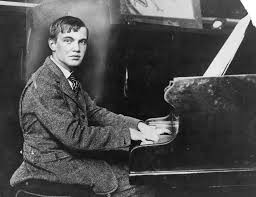It is not only because she was very beautiful but she caught attention because there was something more. She has done quite a lot of films but she also worked on a thing which modern world calls Wi-Fi. A secure communications technology, which was used in World War II, was made possible by Hedy Lamarr.

It was not her first invention of course. She first experimented with cola-flavored tablets to make soft drinks out of it. Her new idea which is related to remote control of apparatus employed in warfare became a signal innovation of the century and this very technology is used in cell phones as Wi-Fi.
Lamarr turned her interest into national defense following the ship sinking tragedy by German U-boat in 1940. She, before her arrival in Hollywood, married to an Austrian manufacturer Fritz Mandl who supplied the Axis powers. Lamarr learned about the latest submarines and missiles while dining with the Nazi generals. She knew that the wireless connection could be protected from jamming by varying the frequency of the transmitted radio signals. The opponent wouldn’t know which bands to obstruct if the channel was switched unpredictably. But her frequency-hopping idea would have remained just an idea if she hadn’t met George Antheil at the Hollywood dinner.

They used rolls of perforated paper to devise a system. It could quickly switch between frequencies making it hard for the enemy to block the signals. They required altering the frequencies mechanically and they found a process to have a scroll. An equally timed scroll on a torpedo would flip the frequencies with little holes in the scroll from one point to another.
Antheil tried to invent an open-top pianola to teach basic piano keyboard technique. This background was important for them. With Lamarr’s idea, Antheil proposed coordinating transmitter and receiver with the control of switching between channels of two same piano rolls running at the same speed. This analogy sunk their plan. Their invention was rejected by US Navy as Antheil thought they couldn’t put a player piano into a torpedo. This idea was unimplemented until 1960.

The operating premise known as the spread- spectrum had its applications far beyond torpedoes and frequency-jamming. A signal was so robust which could be transmitted efficiently if it is spread across multiple frequencies. This was revealed by Lamarr and Antheil. This invention, according to Rhodes, was “by definition genuinely new.” They are different from fine art and science because they grounded in practicality. This practical idea failed on the first occasion, but it proved to handy ones as it served the purposes later.

















